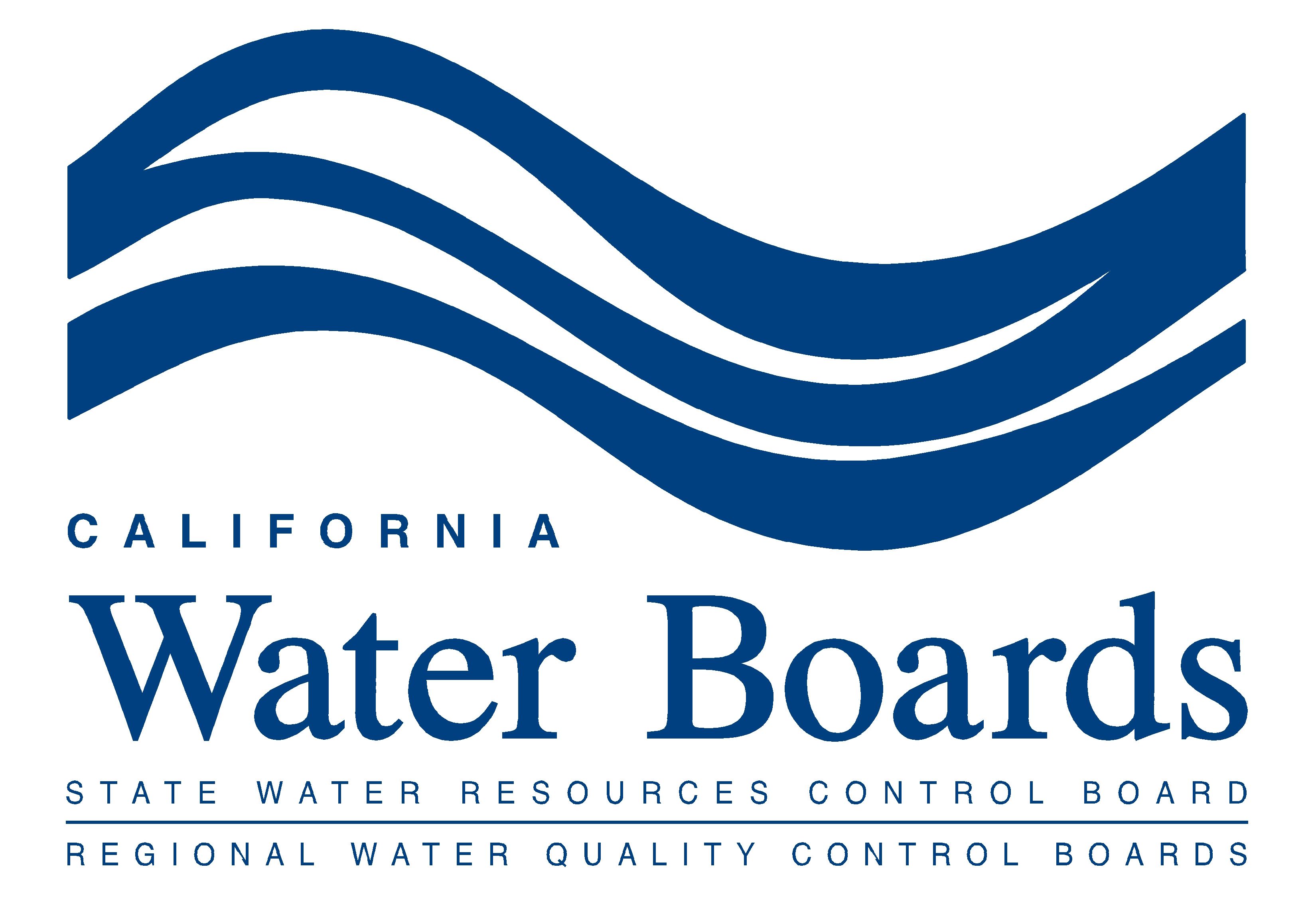The Low-Income Water Rate Assistance Act established through Assembly Bill 401 (Dodd, 2015) directs the State Water Resources Control Board (State Water Board) to prepare a plan, in collaboration with the State Board of Equalization, that covers funding and implementation of a Low-Income Water Rate Assistance Program. This Plan is due by January 1, 2018. Additionally, AB 401 directs the State Water Board to report to the Legislature by February 1, 2018 on its findings regarding the feasibility, financial stability, and desired structure of the program, including any recommendations for legislative action.
Californian’s have a right to safe water. State policy through AB 685 (2012) aims to ensure universal access to water by declaring that “every human being has the right to safe, clean, affordable, and accessible water adequate for human consumption, cooking, and sanitary purposes.” However, water is becoming more expensive. California’s growing economy and population create continued demand for water. Meanwhile, drought and water leaks tighten available supplies. In addition, pipes and aging infrastructure result in expensive repairs or replacements. These conditions contribute to higher costs. The result is that more low-income households have unaffordable drinking water.
Program Plan and Legislative Report
As specified in AB 401, the Plan for a Low-Income Rate Assistance Program includes:
- A description of the method for collecting moneys to support and implement the program, with a discussion of any constitutional restrictions on public water agency rate setting.
- A description of the mechanism for providing funding assistance under the program. This could include direct credits to program participants, reimbursements to water service providers, a method for verifying income eligibility of low-income ratepayers, clarification of the role of the Public Utilities Commission and water utilities in determining and verifying customer eligibility, and recommendations regarding the structure of the program.
- A description of the method to be used to determine the amount of moneys that may need to be collected from water ratepayers to fund the program.
- A set of recommendations and best practices that cover cost-savings measures and aim to ensure that water utilities are keeping rates low.
TO READ THE REPORT:



